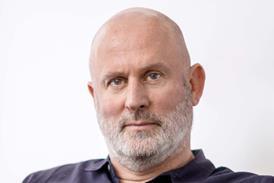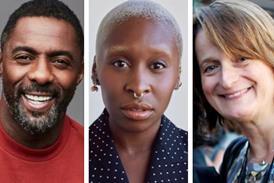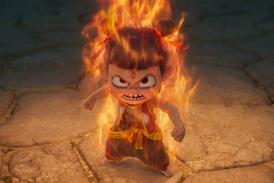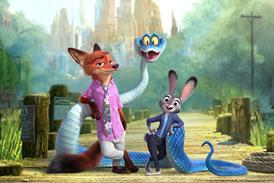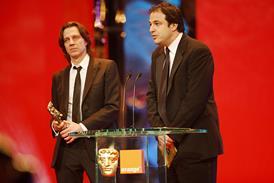IDFA winner from Armenia is an intensely personal portrait of a family coping with the loss of a brother and son in the 2020 Artsakh war
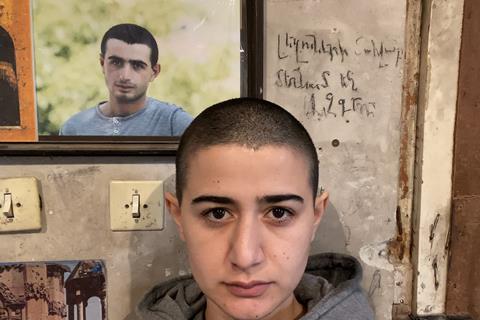
Dir: Shoghakat Vardanyan. Armenia. 2023. 76mins
The unknown solider is a universal symbol of the thousands who have fallen in conflict, their bodies no longer identifiable, or claimed by the mud and chaos of the battlefield. Shoghakat Vardanyan makes that loss of life deeply personal in 1489, a first feature that focuses on her younger brother Soghomon who was declared missing in action during the Artsakh War in 2020. The agony of not knowing the fate of soldier, given the number ‘1489’, is one of the most compelling elements in a fragmentary documentary that is often uncomfortably intrusive, and was named Best Film in IDFA’s International Competition.
Vardanyan’s focus is on the intimate details, the personal suffering
Opening titles provide useful context on the ebb and flow of the long-running conflict between Armenia and Azerbaijan and how it flared once again in 2020. We also learn that Armenian Soghomon, a 21 year-old music student, went missing on the seventh day of a war that would last six weeks. Vardanyan’s response was to pick up her phone and start documenting what her family was going through.
The focus is heavily tilted towards her sculptor father Kamo. The mother feels sidelined at times, and we only acquire a small sense of what Soghomon was like. We first see Kamo surrounded by the modest comforts of his home and workplace. Bare walls are covered in his drawings. There is a bookcase, a piano, a couple of chairs with bright red cushions. Karmo keeps busy with work and prayers, searching for solace or some way to make sense of what has happened.
The notion of sacrifices made for the greater good of the nation rings hollow for him as he argues that a full, productive working life would have been far more beneficial to the nation. Eventually, he starts to question his worth as a father. Vardanyan’s mother remains staunchly wedded to a belief that her son is still alive. There is a sense that everyone is trying to find a way to sustain a connection to Soghomon. At one point, Vardanyan shaves off all her hair and appears the spitting image of her brother. In a telling moment, Kamo starts to refer to him in the past tense.
Rather than creating a cohesive journey through the stages of grief and suffering, Vardanyan stitches together a collection of seemingly random moments in the life of the family. There is a lengthy phone conversation trying to secure any scrap of information from the authorities, and a visit to meet soldiers who survived the events in which Soghomon was lost. Vardanyan captures some beautiful images and wistful moments, never disguising the process that is taking place. Her father suggests a better angle for one shot or tells her where to place her camera phone. She is constantly dealing with raw emotions, but also self-consciously shaping them into a narrative for a feature film.
The fact that Vardanyan’ subject matter is so personal seems to give her permission to be intrusive. She displays a fondness for capturing her parents in bed, filming them as they try to absorb one more revelation. In one scene, her father appears to be curled into the foetal position concealed beneath a duvet. Vardanyan’s gaze remains unflinching as time passes, hope fades and the news grows grimmer. She never shies away from events that others might have approached with more discretion. Nothing is spared in trying to convey the truths about her brother’s loss.
The modest running time means that 1489 has little room for the bigger sweep of history. Vardanyan’s focus is on the intimate details, the personal suffering and the testimony that allows us to understand that Soghomon is more than a number and how his loss is unbearable.
Production company: Fimi
Contact: Shoghakat Vardanyan shoghakatvardanyan@gmail.com
Producer: Shoghakat Vardanyan
Cinematography: Shoghakat Vardanyan
Editing: Tigran Baghinyan, Armen Papyan




